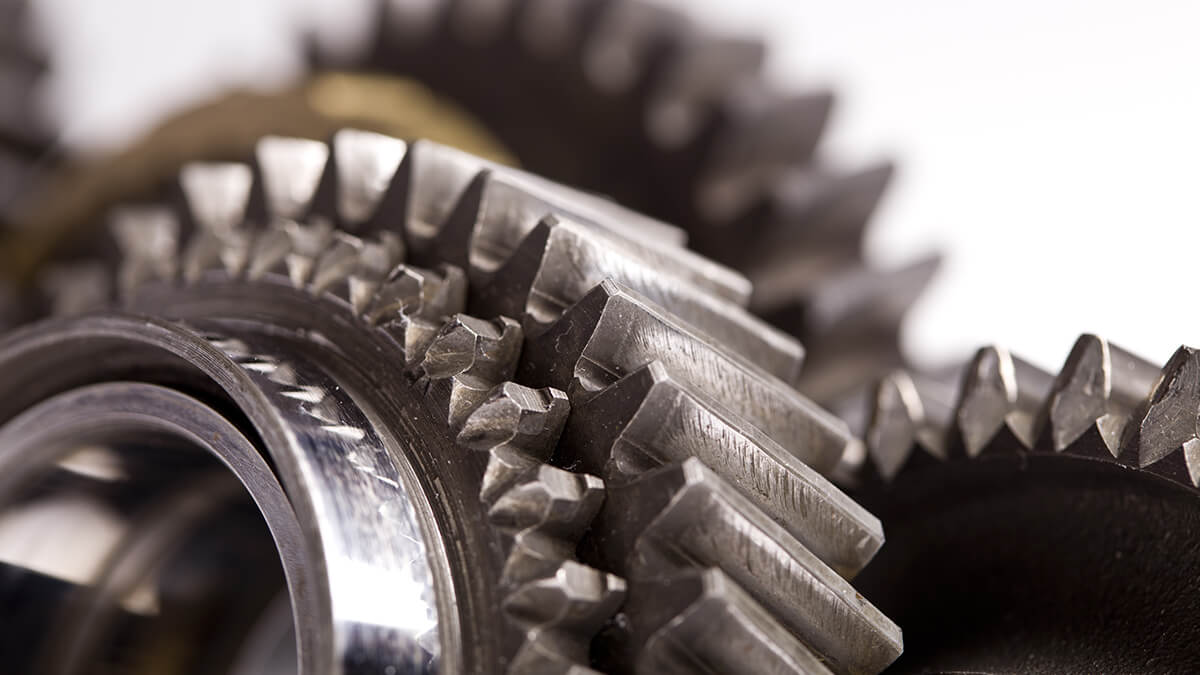A shaper is a type of machine tool that uses the linear relative motion between the workpiece and a single-point cutting tool to machine a linear toolpath. Its cut is analogous to that of a lathe, except that it is (archetypally) linear instead of helical.
Definition of the Planing Machine
Planing Machine is a linear motion machine tool that uses a planer to plan the plane, groove, or forming surface of the workpiece. Using planer processing, the tool is simpler, but the productivity is lower (except for long and narrow planes), so it is mainly used for single parts, small batch production, and machine repair workshops, which are often replaced by milling machines in mass production.
Classification of the Planing Machine
There are many types and models of planers. According to its structural characteristics, it can be roughly divided into:
- Shaping Machine /Shaper:
Shaping Machine is a planer used to plan small and medium-sized workpieces, and the working length generally does not exceed one meter. The workpiece is clamped on a worktable that can be adjusted or clamped in flat-nose pliers on the worktable, and the reciprocating motion of the planer (cutting motion) and the intermittent movement of the worktable (feeding motion) is used for planing.
According to the length of the workpiece that can be processed, the shaper can be divided into three types: large, medium and small: the small shaper can process workpieces with a length of less than 400mm, such as the B635-1 shaper; the medium shaper can process a length of 400 ~ 600mm workpieces, such as B650 type shaper; large-scale shaper can process workpieces with a length of 400 ~ 1000mm, such as B665 type and B69O type shaper.
- Planing Mill:
It is a planer used to plan large workpieces. Some planing mills can process workpieces with a length of tens of meters or more, such as the B2063 planing mill with a worktable area of 6.3m × 20m. For small and medium-sized workpieces, it can clamp several pieces on the workbench at one time, and you can also plan with several planing knives at the same time. Productivity is relatively high. The planing mill uses the direct reciprocating movement (cutting) of the worktable and the intermittent movement of the planing knife (feeding movement) to perform the planing process. According to the different structural forms, there are two types of planers, the planing mill is divided into single-arm planing mill and double-arm column planing mill.
The planing mill mainly processes large workpieces or multiple workpieces at the same time. Compared with the shaper, from the structural point of view, its shape is larger, the structure is more complicated, and the rigidity is better. From the point of view of the action of the machine tool, the main motion of the planing mill is the linear reciprocating motion of the table, while the feed motion is the horizontal or vertical intermittent motion of the planer.
In a planer, relative motion between tool and workpiece is exactly the opposite of the motion of the shaping machine. Planing mill is driven by the direct current motor and can be step-less speed regulation, movement is smooth. All the tool holders of the planing mill can be moved in parallel in the horizontal and vertical directions. Planing mill is mainly used for processing large planes, especially long and narrow planes. Generally, the width of workpieces that can be planed is up to 1 meter, and the length is more than 3 meters. The main parameter of planing mill is the maximum planing width.
- Slotting Machines:
The slotting machine is also called a vertical planer, which is mainly used to process the inner surface of the workpiece. Its structure is almost exactly the same as that of a shaper. The difference is mainly that the insertion tool of the insertion machine makes a linear reciprocating motion (cutting motion) in the vertical direction. In addition to the intermittent feed motion in the vertical and horizontal directions, the table can do intermittent rotary feed motion on the circular room.
According to the different transmission methods, the planer has two types of mechanical transmission and hydraulic transmission: there are mechanically driven shapers, planing mills and slotting machines, hydraulically driven shapers, and slotting machines.
Process Characteristics of Planer
According to the cutting motion and specific processing requirements, the structural ratio of the planning machine, lathe machine and milling machine are simple, low in price, and easy to adjust and operate. The single-edged planer used is basically the same as the turning tool, with a simple shape, which is more convenient to manufacture, sharpen and install. The main motion of planing is reciprocating linear motion, which is affected by the inertial force in the reverse direction, plus the impact of the cutter during cutting in and out, which limits the increase in cutting speed. The length of the cutting edge that a single-edged planer actually participates in cutting is limited, and a surface often needs to be processed through multiple strokes, and the basic process time is longer. When the planer returns to the stroke, no cutting is performed, and the processing is discontinuous, which increases the auxiliary time.
Therefore, the productivity of planing is lower than that of milling. However, for the processing of long and narrow surfaces (such as guide rails, long grooves, etc.), and when multiple pieces or multiple cutters are processed on a gantry planer, the productivity of planing may be higher than that of milling. The precision of planing can reach IT9 ~ IT8, and the surface roughness Ra value is 3.2μm ~ 1.6 μm. When using wide-blade precision planing, that is, use a wide-blade fine planer on a gantry planer to cut a very thin layer of metal from the surface of the part at very low cutting speed, large feed rate, and small cutting depth Small, less cutting heat and less deformation, so the surface roughness Ra value of the parts can reach 1.6μm ~ 0.4μm, straightness can reach 0.02mm / m Wide-blade fine planing can replace scraping grinding, which is an advanced and effective method for finishing planes.
- Good versatility
It can process vertical and horizontal planes, as well as T-slots, V-slots, dovetail slots, etc.
- Low productivity
Reciprocating motion, large inertia, limited speed, single processing, but the narrow and long surface is not lower than milling.
- The processing accuracy is not high
-
IT8 ~ 7, Ra is 1.6 ~ 6.3μm, but it is finely planed with a wide knife on the gantry planer, Ra is 0.4 ~ 0.8μm
The Operating Guidelines of the Planing Machine
- Earnestly implement the relevant provisions of the "General Operating Rules for Metal Cutting Tool Machines".
- Check that the feed ratchet cover should be installed correctly and fastened firmly to prevent loosening during feeding.
- Before the dry run test run, the rams should be moved back and forth with a hand wheeled car, and after confirming that the condition is good, then the motor can be operated.
- Loosen the locking screw when lifting the crossbeam, and tighten the screw when working.
- It is not allowed to adjust the stroke of the ram during the operation of the machine tool. When adjusting the stroke of the ram, it is not allowed to loosen or press the adjustment handle by tapping.
- The ram travel must not exceed the specified range. High speed is not allowed when using longer strokes.
- When the worktable is fed or shaken by hand, the stroke limit of the screw should be paid attention to prevent the screw or nut from being disengaged or impacted to damage the machine.
- When loading and unloading the vise, it should be handled gently to avoid hurting the workbench.














